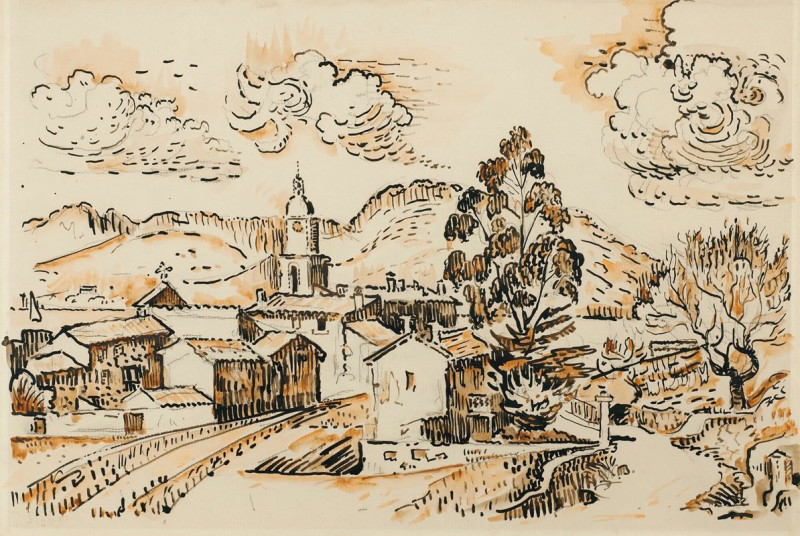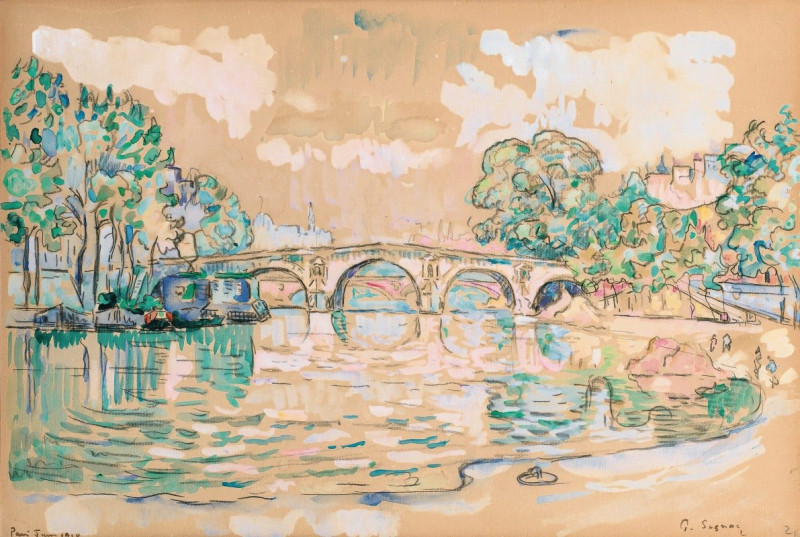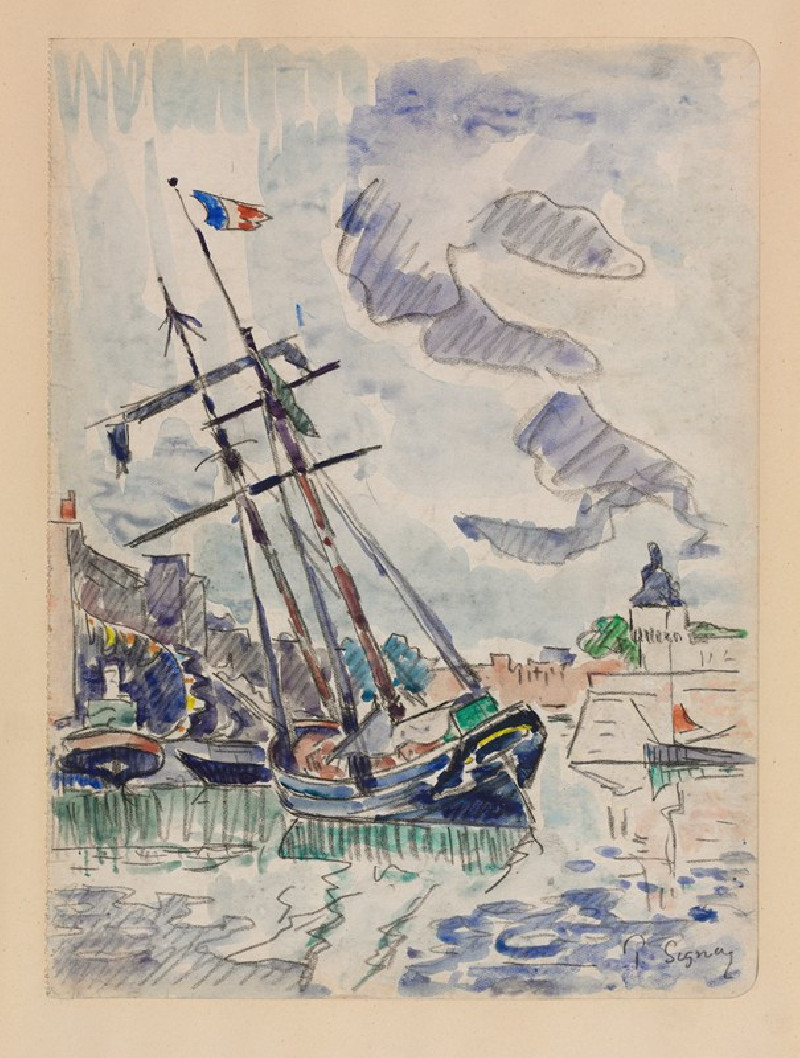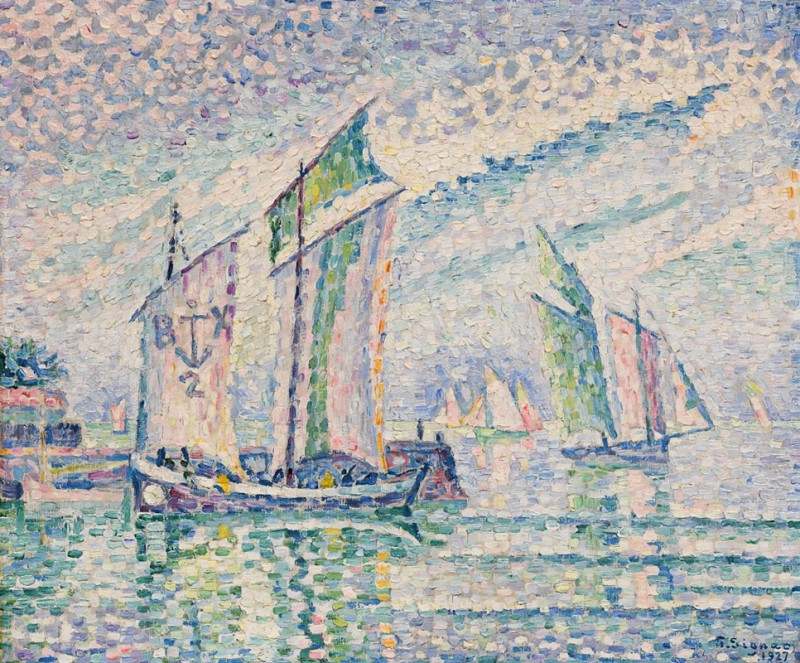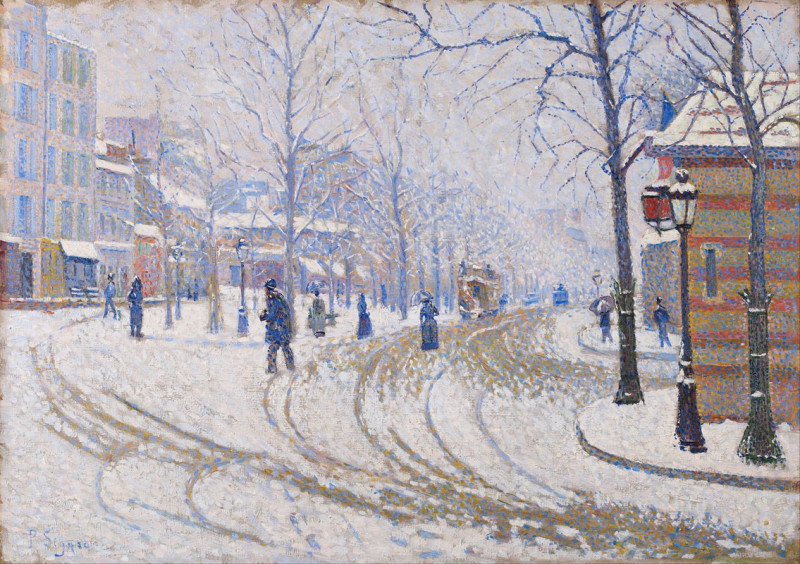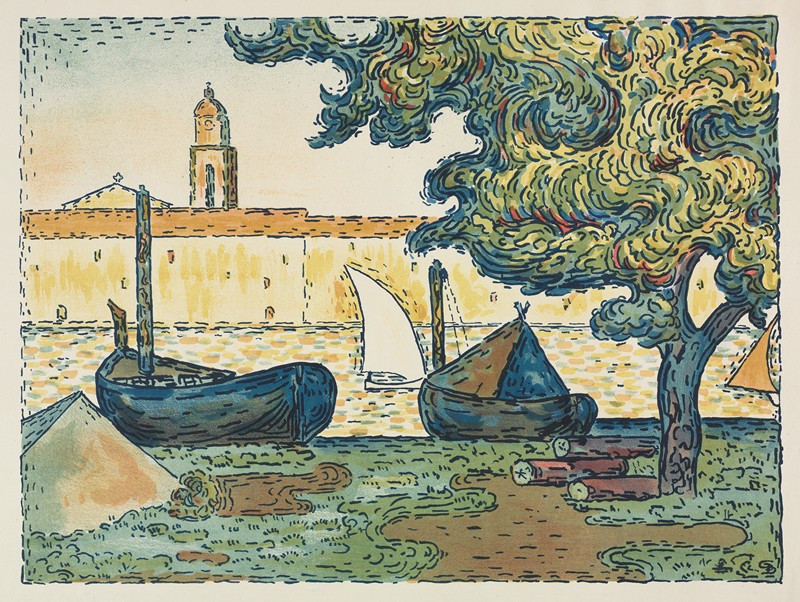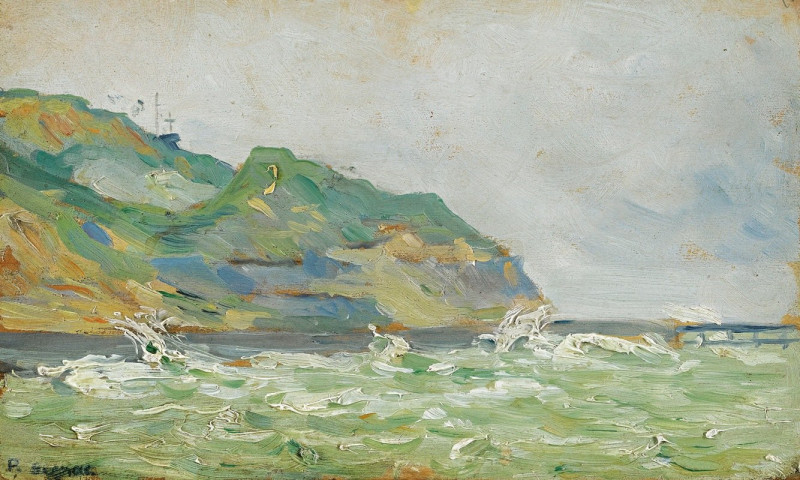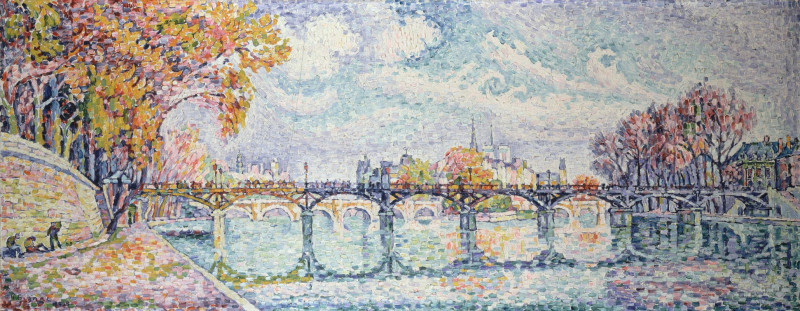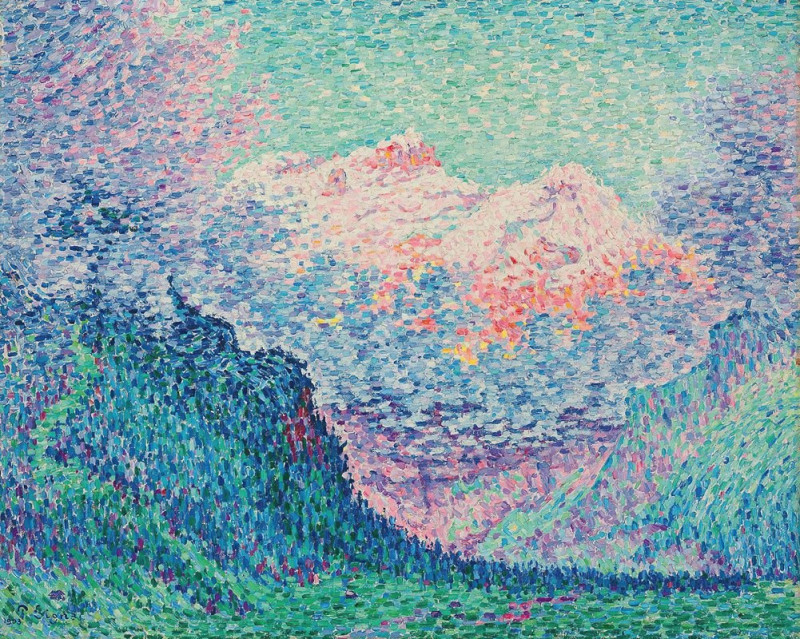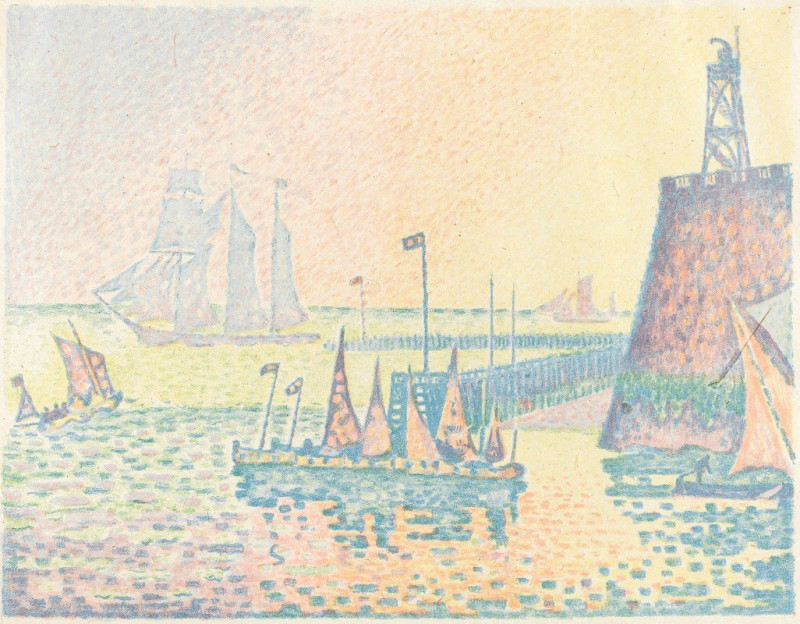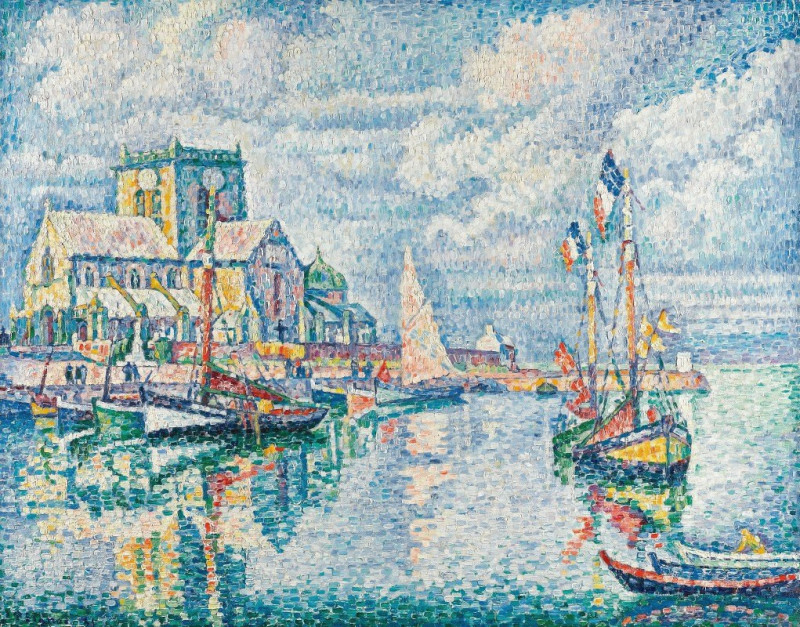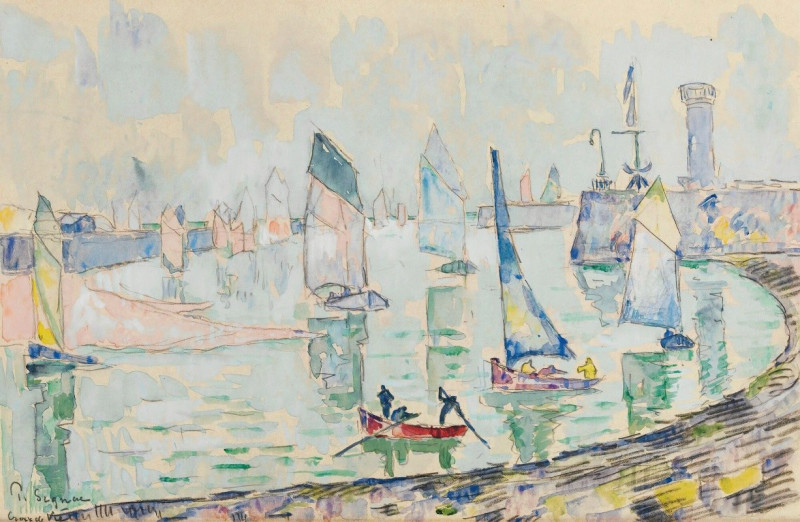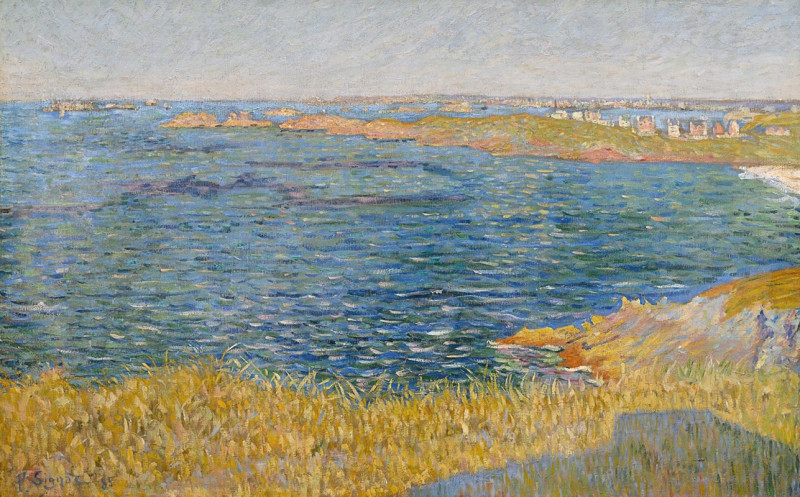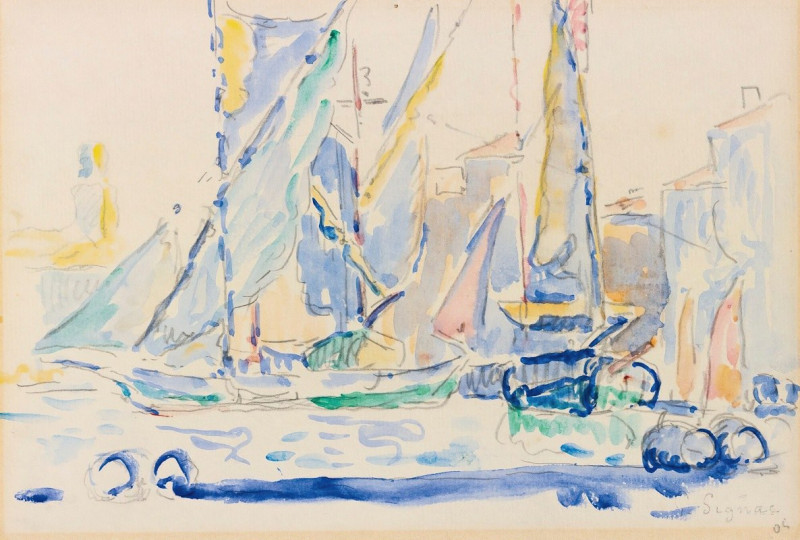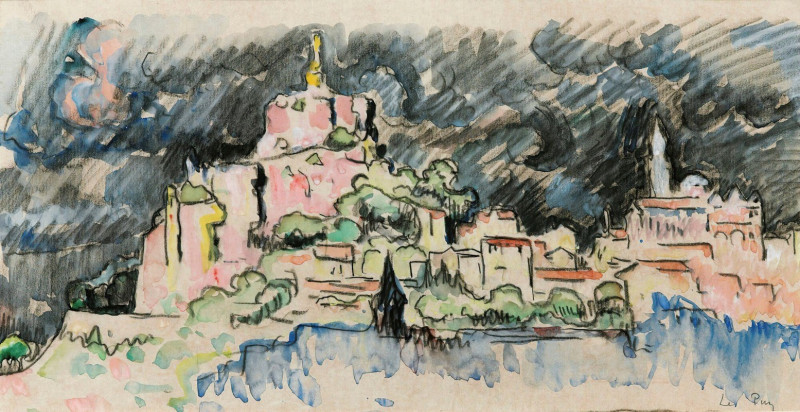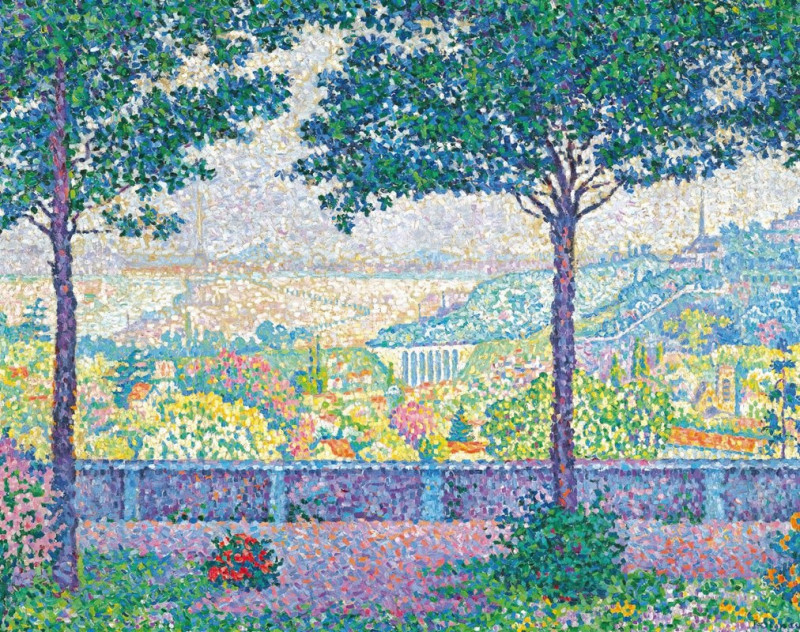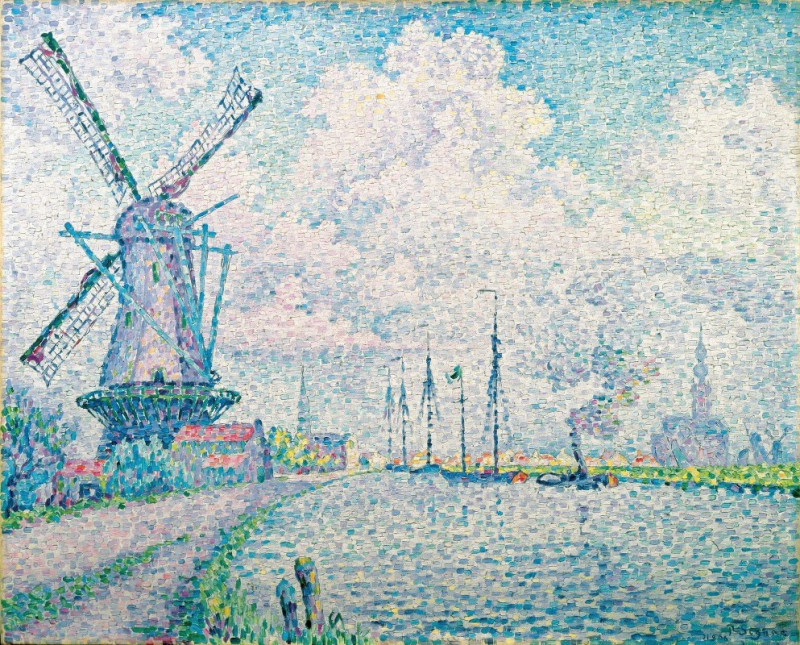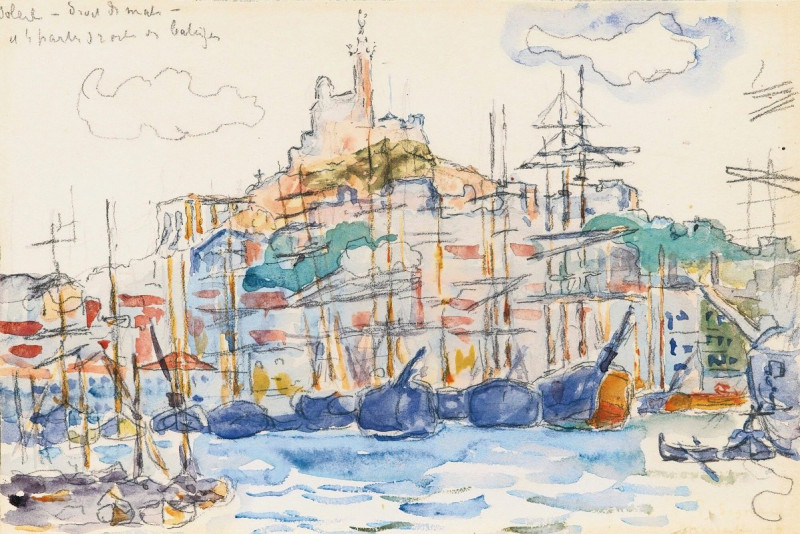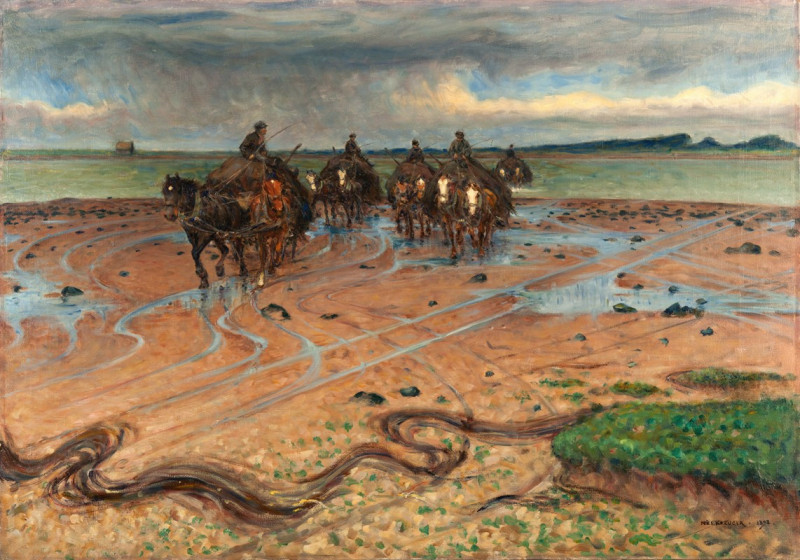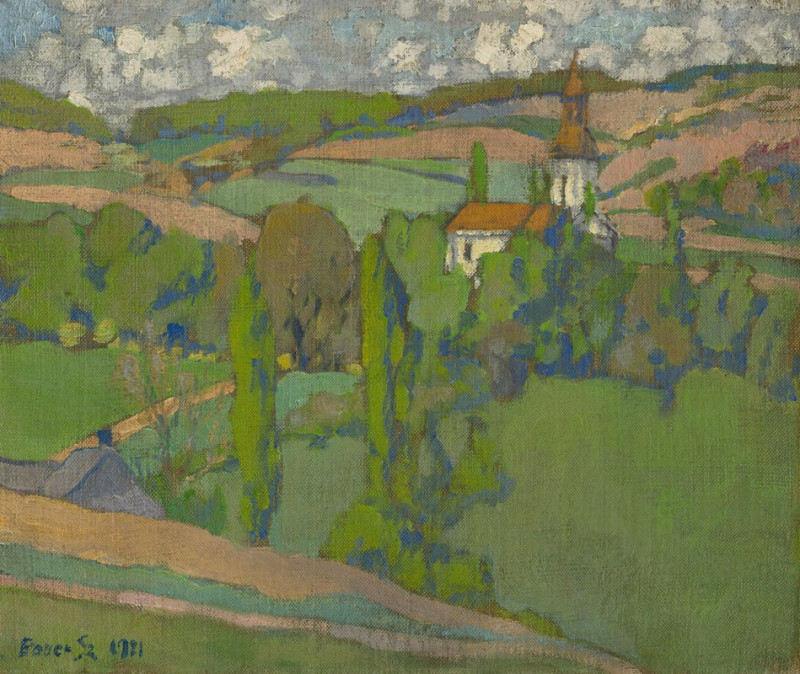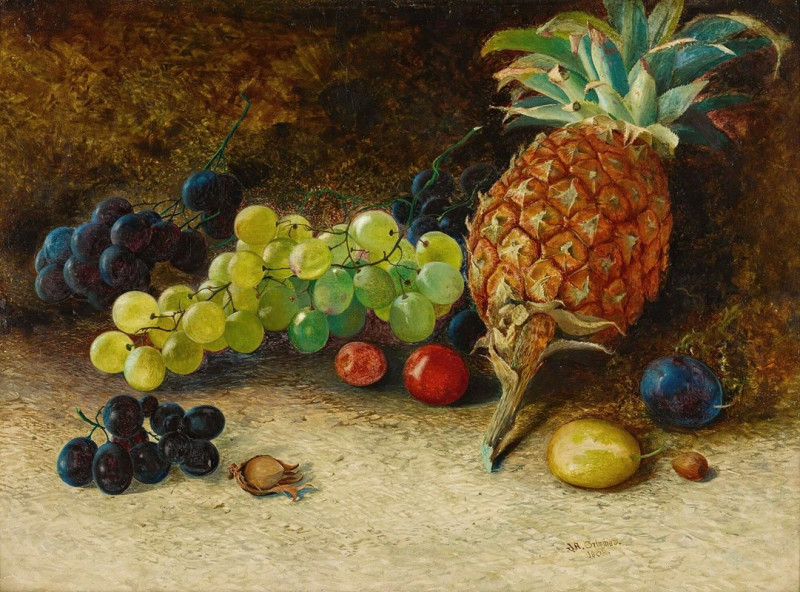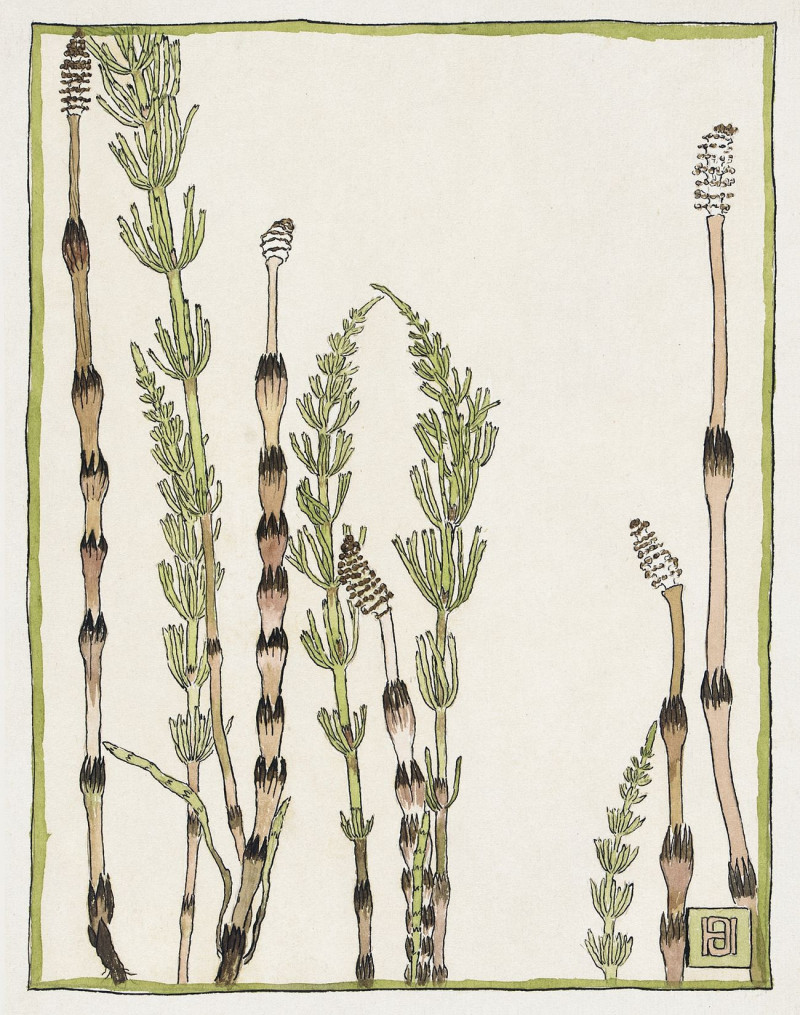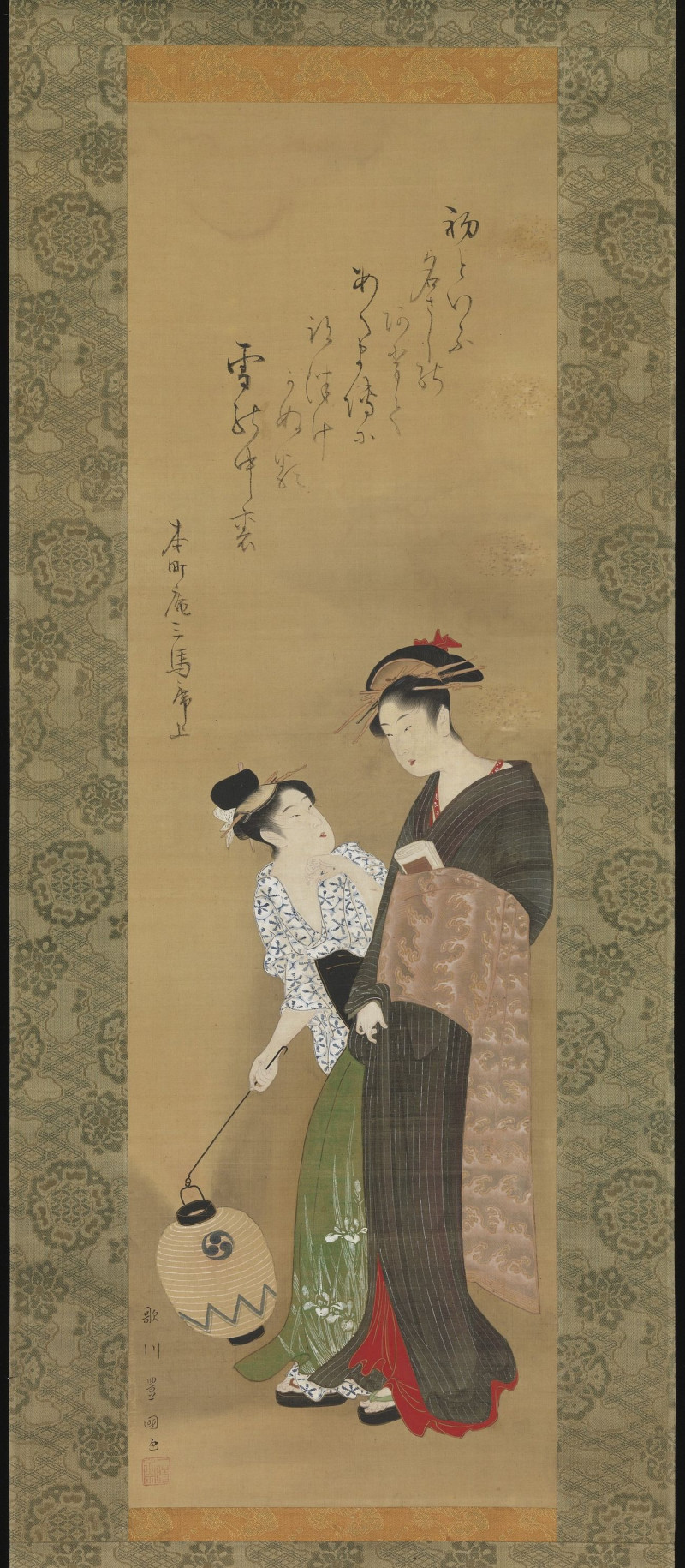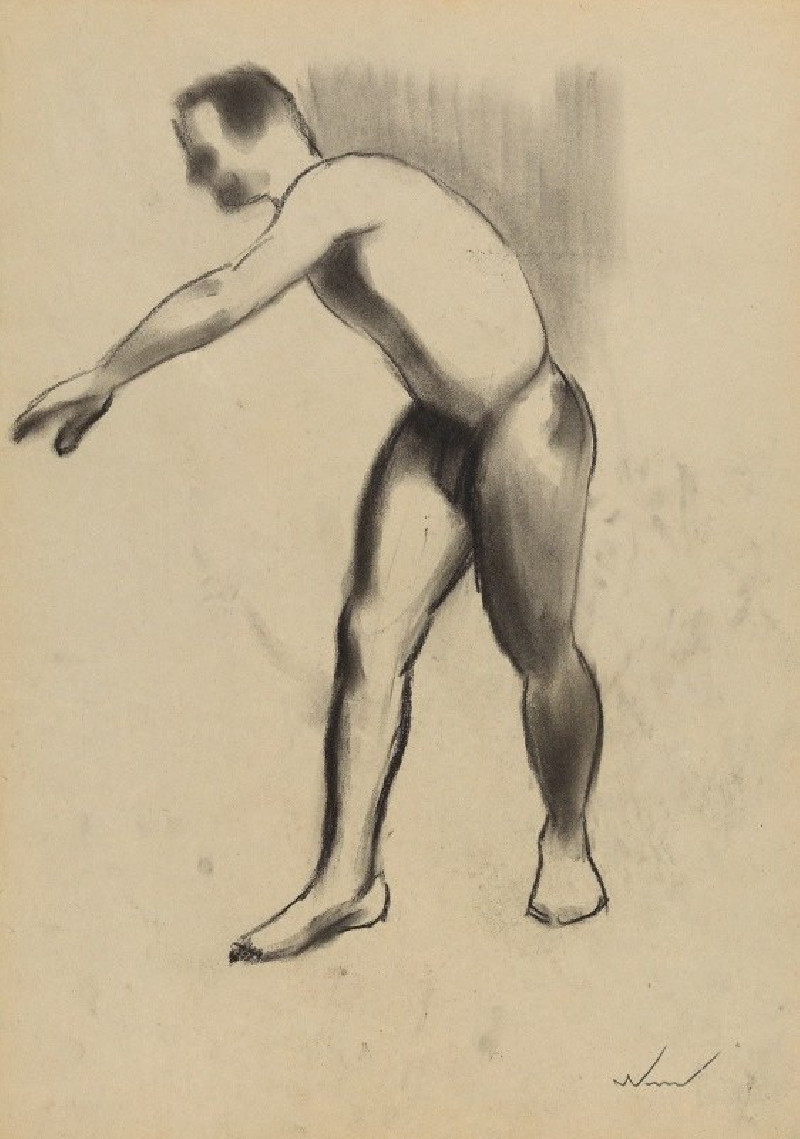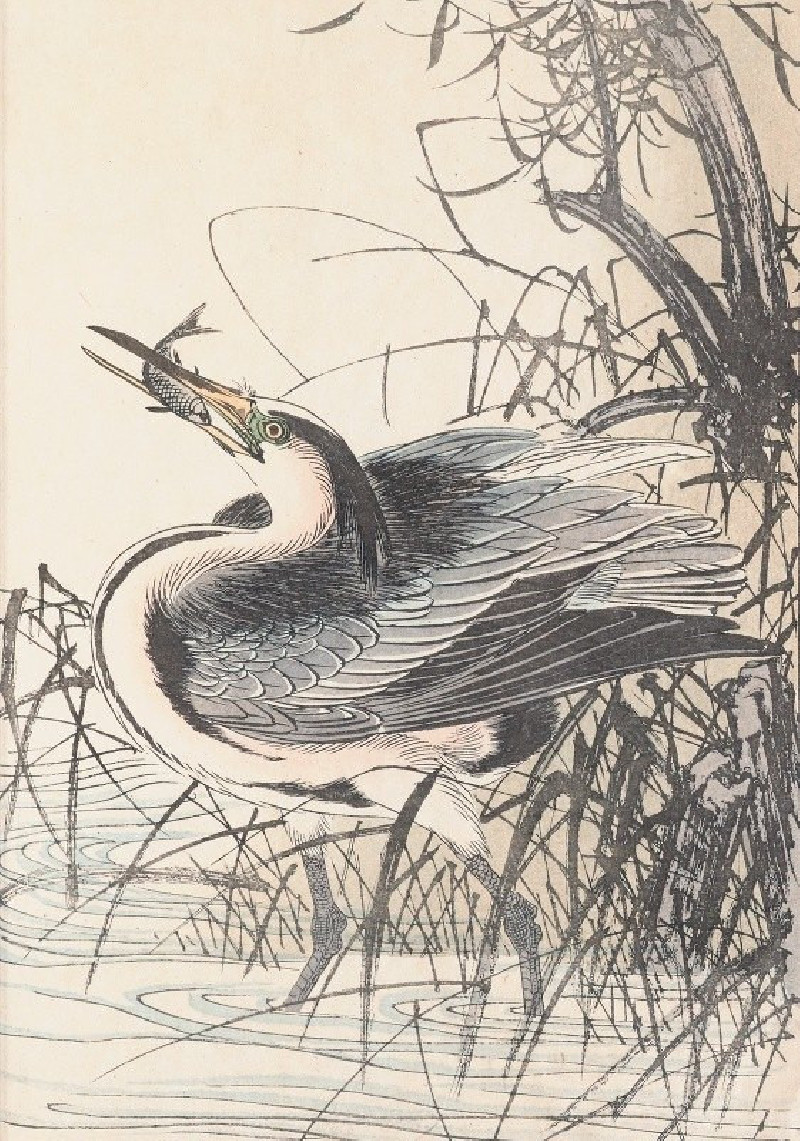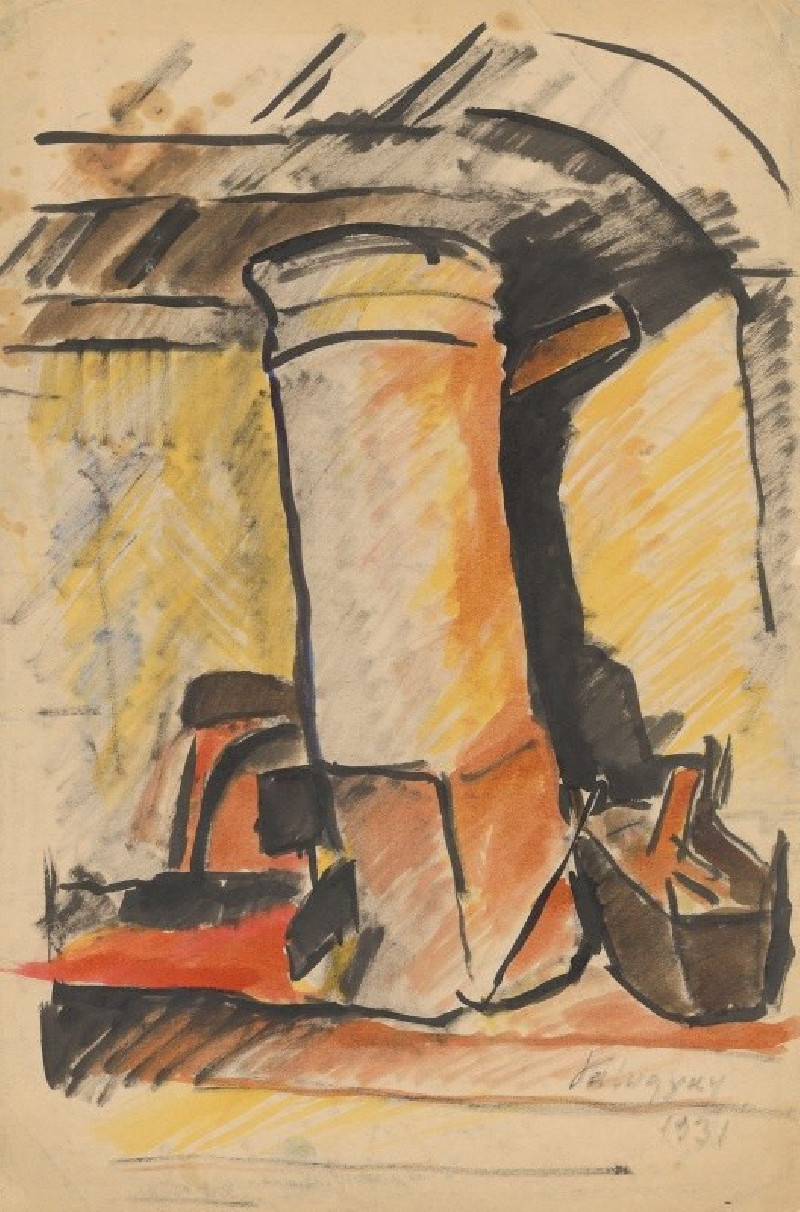The Jetty At Cassis, Opus 198
Technique: Giclée quality print
Recommended by our customers
More about this artwork
"The Jetty at Cassis, Opus 198" by Paul Signac is a vibrant and textured artwork that exemplifies the techniques of pointillism—a style noted for its use of tiny, distinct dots of color applied in patterns to form an image. This painting depicts a picturesque scene of a jetty extending into the Mediterranean Sea at Cassis, a small town in southern France known for its cliffs and sheltered inlets.In this composition, the jetty forms a curving line that leads the viewer's eye towards a cluster of modest buildings at the water's edge. The foreground shows the sandy and rocky shoreline, speckled with various shades of tan, brown, and white, that gently meets the calm blue water. The sea itself is rendered in a myriad of blue and teal dots that shimmer with the implication of light reflecting off the water.On the distant coastline, you can see white sails of boats that possibly suggest leisure or fishing activities, reinforcing the serene and leisurely atmosphere of the scene. The background features hills dotted with small buildings, vegetation, and the hint of a road or path winding through the landscape. The sky, a light azure sprinkled with white, suggests a clear, sunny day.Signac’s mastery in employing contrasting yet harmonious colors through pointillism not only gives a glittering texture to the entire scene but also vividly captures the luminosity and vibrant quality of light at Cassis.
Delivery
Returns
Paul Signac (1863-1935) was a French Neo-Impressionist painter. Together with Georges Seurat, Signac developed the Pointillism style. He was a passionate sailor, bringing back watercolor sketches of ports and nature from his travels, then turning them into large studio canvases with mosaic-like squares of color. He abandoned the short brushstrokes and intuitive dabs of color of the impressionists for a more exact scientific approach to applying dots with the intention to combine and blend not on the canvas, but in the viewer's eye.




